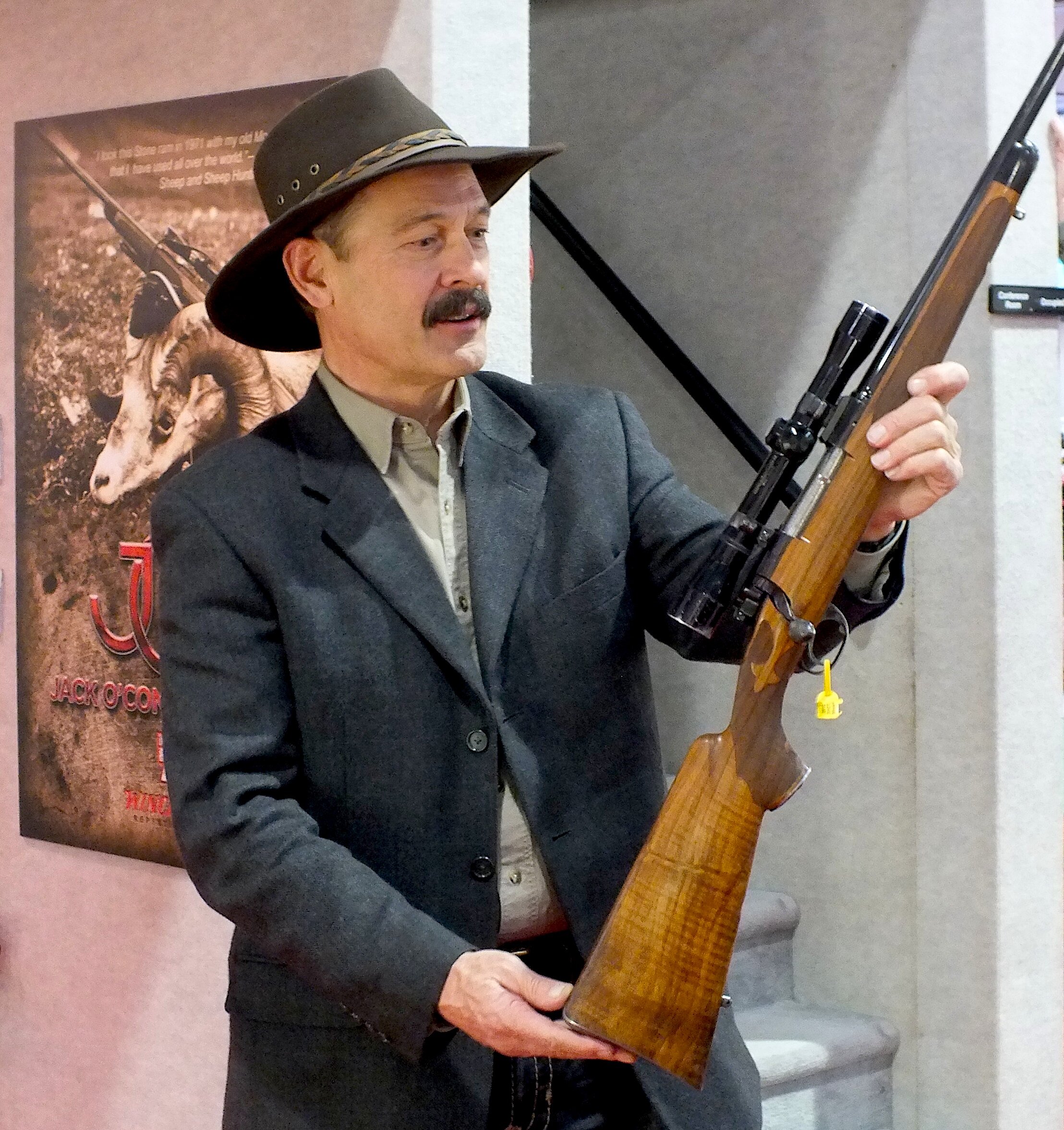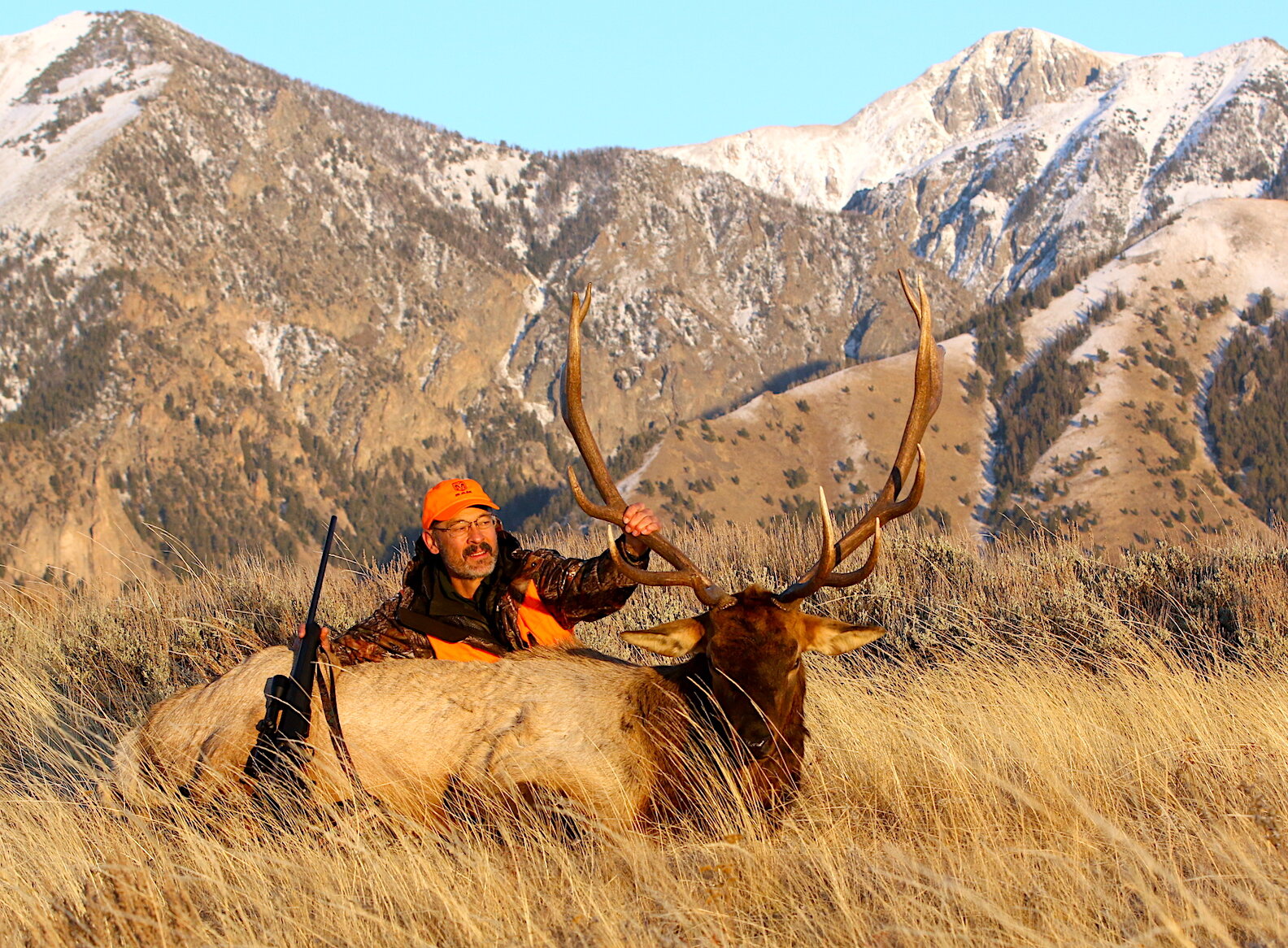Classic 270 Winchester Still Deadly
The 270 Winchester. Few cartridges in the history of North American big game hunting have captured the attention of shooters quite like it. Some 86 years after it was introduced, folks still consider the 270 Winchester fast, flat, and deadly.
Because it is.
Image shows 270 Winchester cartridge beside larger 7mm and 300 magnums.
Ahead of the trend. The fast, flat-shooting 270 Winchester (on left) set the stage for later high velocity cartridges like the 7mm Rem. Mag. and 300 Win. Mag.
270 Winchester Born in 1925!
When brought to market in 1925, the 270 Win. was the best long-range big game round in existence. It shot flatter than anything else approaching its level of power. In energy it bumped hard on the heels of the 30-06, the parent case for the 270 and itself a relatively new cartridge at the time. While the 30-06 was being loaded with bullets weighing 150-gr. to 200-grains, the 270 was brought to market pushing a 130-grain spire point 3,100 fps. Soft bullets at the time led to more expansion and "dramatic upset" than some hunters liked, so Winchester brought out a 150-grain load at 2,650 fps, which quickly earned almost no fans because it was judged too slow. Hunters had already come to appreciate the flatter trajectory of the lighter, faster, ballistically efficient 130-grain bullet.
PHoto shows 270 Winchester cartridges & box with XPR rifle.
Long, lean, and mean. Even today the 270 Winchester cartridges look as fast as they shoot. Zeiss Conquest scope atop Winchester XPR rifle.
One-of-a-Kind 270 Winchester Was O'Connor's Baby
Prior to 1925 there were no cartridges firing a .277 bullet in America or Europe, which may be why Winchester chose to neck the 30-06 case to that diameter. One of a kind. The 270 Winchester from the start was a stand alone stand out. And that is what it remained until Roy Weatherby came out with his hyper-velocity 270 Wthby. Mag. in 1943. To this day, the only two additional 270s on the market are the 6.8 Remington SPC, a small capacity cartridge designed for AR-15 rifles, and 2002's 270 Winchester Short Magnum, almost the performance twin of the Weatherby. But neither magnum approaches the popularity of the original 270 Win., which performs better in shorter, 22-inch barrels, recoils less, and still hits hard enough for 98 percent of what most of us hunt.
The late Jack O'Connor is credited with popularizing the 270 through his columns and stories in Outdoor Life magazine from the 1930s well into the 1970s. While O'Connor hunted with other calibers, he seemed to gravitate to the 270 for most of his adventures, using it on numerous sheep, elk, moose and even grizzly bear hunts. That was the kind of hard evidence hunters needed to put their trust in what was considered a fairly small cartridge/bullet at the time. If O'Connor could take elk and moose with it, by golly so could we.
Ron Spomer admiring Jack O'Connor's #2 270 Winchester
Ron Spomer had the pleasure of examining
#2 270 Winchester rifle, a custom stocked model that helped make the 270 Winchester cartridge famous.
Varied Bullets Extend 270 Winchester Versatility
Over the years bullets from 90-grains to 170-grains have been built for the 270. I once owned a Ruger M77 that would regularly throw five Sierra 90-gr. Hollow Points into MOA clusters. At 3,500 fps, that was and is great coyote medicine. Hornady 110-gr. Hollow Points at 3,300 fps are poison, too, and just as accurate. While I have played around with a few 150-gr. slugs for elk, bears, and moose, I've found our premium, controlled expansion bullets like Barnes TSX, Swift A-Frame, Trophy Bonded Bear Claw, Winchester XP3, Nosler Accubond and the like stay in one piece, retain so much weight, and penetrate so well that the flatter-shooting 130- and 140-grain pills perform just fine.
Image shows Winchester Power Point 270 Winchester ammo and spent bullets.
Many modern, controlled expansion bullets help the 270 Winchester penetrate deep to take the largest game, but traditional cup-and-core bullets continue to perform well on whitetails and similar-sized game -- even when they break up after impac
t.
Tolerable Recoil
For many shooters the 270 Win. represents the upper limit of tolerable recoil. In an 8-pound rifle firing a 130-grain pill 3,100 fps, the 270 will generate 15.77 foot-pounds or free recoil energy. In comparison, a 30-06 with a 150-gr. bullet at 2,900 fps kicks back with 18.26 ft. lbs. A 300 Win. Mag. with the same bullet at 3,200 fps whacks you with 25.10 ft. lbs. The mild bucking of the 270 makes it easier to shoot well without flinching, a major part of why this round has proven so effective on big game. It makes shooting accurately easy.
Image shows hunter in mountains with bull elk taken with 270 Winchester.
The 270 Winchester has cleanly taken plenty of big bull elk, including this Montana 6x6. a 130-grain Extreme Point bullet to the lungs stopped this bull after a short, 20-yard run. A 130-grain XP3 finisher to the neck put it down decisively. Rifle is the XPR fitted with a Zeiss Conquest scope.
As elk medicine, there are better rounds than the 270 Win., but with today's premium bullets and a good aim, the 270 Win. can and does handily and cleanly terminate any big game animal in North America. I wouldn't hesitate a second to use it on the biggest elk. For open country mule deer, pronghorns, sheep and goats it's nearly ideal. In dense cover it's more than up to the task against black bears, whitetails, elk, and moose. With 90- to 110-gr. pills it's effective on coyotes, foxes, rock chucks and ground squirrels. The all-round North American centerfire? Could be. Could well be. And even if it isn't, those who own it love it.
Young hunter with whitetail buck and Ruger M77 rifle in 270 Winchester
Author in another era made good use of a Ruger M77 in 270 Winchester during a
Black Hills whitetail hunt. Scope was a Weaver 2-7X36 if I recall. How about those boots!
The author would have no hesitation in hunting any North American game and most African with a 270 Winchester -- and a proper, premium, controlled expansion bullet.


















